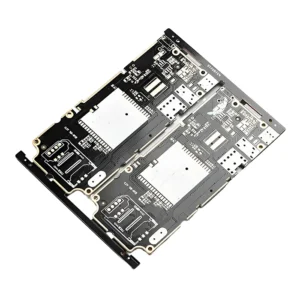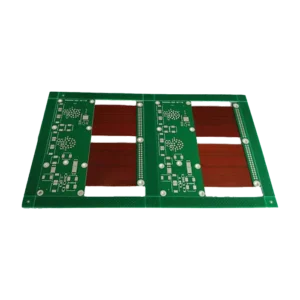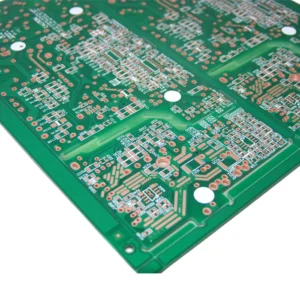Multilayer ceramic PCB
$95.80
This is a 4-layer ceramic PCB with alumina as the substrate, which can quickly diffuse heat from local hot spots to the entire board surface. Multilayer Ceramic PCB is famous for its high dielectric strength, excellent thermal conductivity, and high-temperature resistance. It is suitable for high-performance electronic devices working under extreme conditions. MOKOPCB supports 2-18 layer stacking and can provide customized and fast delivery services to meet different needs from samples to batches.
Shipping fee and delivery date to be negotiated. Send inquiry for more details.
Your payment information is processed securely. We do not store credit card details nor have access to your credit card information.
Claim a refund if your order is missing or arrives with product issues, our support team would deal with your refund within 24 hours.
| Layer Counts | 4L |
| Base Material | Alumina |
| Board Thickness(mm) | 1.2 |
| Max board size(mm) | 300*300 |
| PCB size tolerance | ±0.3mm |
| Min. Hole Size | 0.3mm |
| Min. Line Width | 4mil |
| Copper Weight | 2oz |
| Surface Finish | ENIG |
| Certificate | UL, RoHS, ISO, and REACH |
 Multilayer ceramic PCB
Multilayer ceramic PCB
| 5 star | 0% | |
| 4 star | 0% | |
| 3 star | 0% | |
| 2 star | 0% | |
| 1 star | 0% |
Sorry, no reviews match your current selections
Questions & Answers
1.What is the thickness of a Multilayer ceramic PCB?
The thickness of a multilayer ceramic PCB depends on the circuit design and layer count. At MOKOPCB, we offer standard thickness options such as 0.8mm, 1.0mm, 1.2mm, 1.6mm, and 2.0mm. However, we also support custom thicknesses tailored to your specific project requirements.
2.What are the different types of multilayer ceramic circuit boards?
There are several types of multilayer ceramic PCBs, categorized by the ceramic material used, including:
▪Alumina (Al2O3) PCBs
▪Aluminum Nitride (AlN) PCBs
▪Beryllium Oxide (BeO) PCBs
▪Silicon Nitride (Si3N4) PCBs
3.What is the thermal conductivity of multilayer ceramic PCB?
The thermal conductivity of a multilayer ceramic PCB depends on the ceramic material used. Here are two examples:
Aluminum nitride: Typically around 170 W/m·K
Alumina: Typically around 30 W/m·K
4.What is the difference between ceramic vs. FR4?
FR4 materials are suitable for general uses, but they don’t perform well in high-temperature applications. Ceramic substrates have higher thermal conductivity and can stably operate in high-temperature environments.
5.What are the benefits of multilayer ceramic PCB boards?
Multilayer ceramic PCB board offers several benefits over traditional PCBs, including
▪Enhanced thermal management
▪Increased mechanical strength
▪Better electrical performance
▪High thermal conductivity
▪Support for compact design and miniaturization







